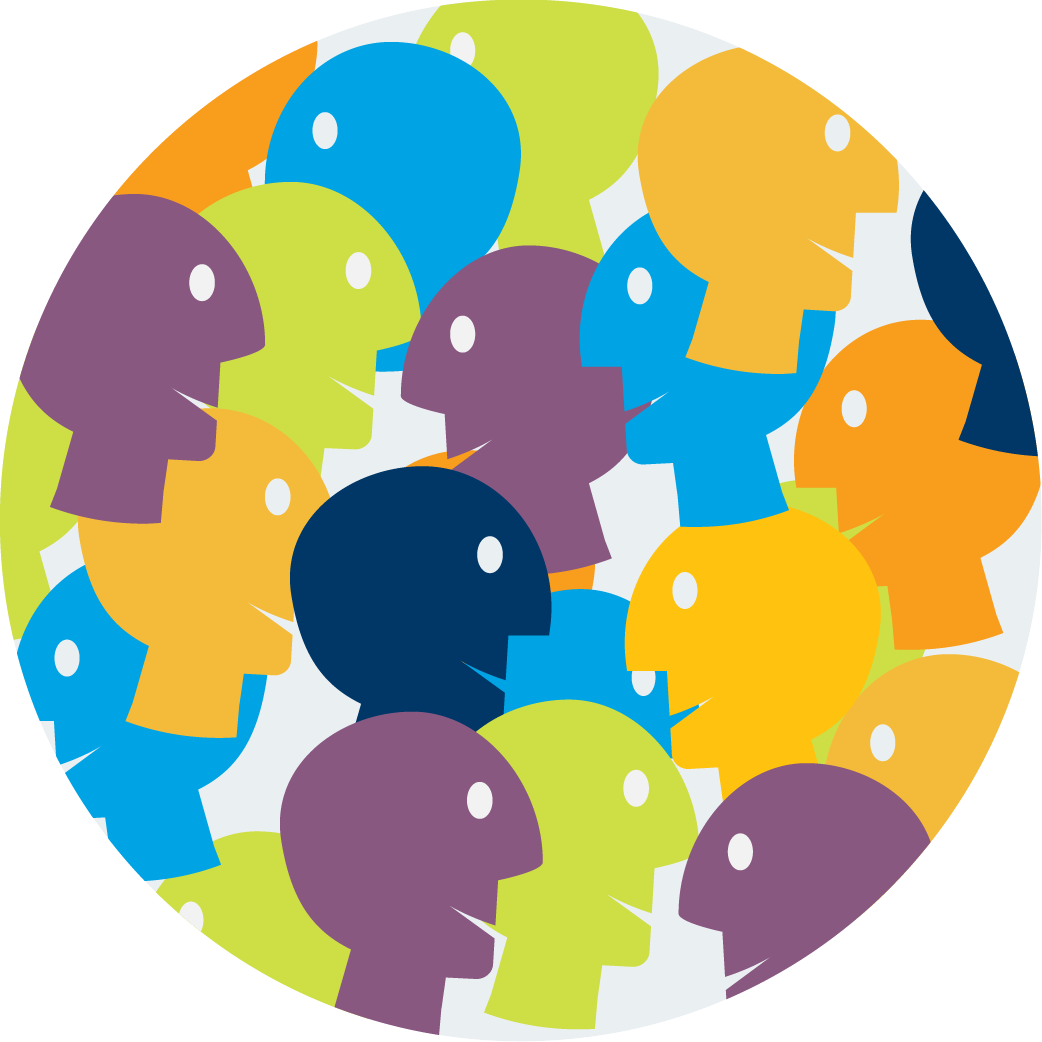

You can do something to stop yourself, your co-workers, and employees from making some assumptions about their fellows. It could lead to enforcing and hardening stereotypes when they should be dismantled to make way for diversity and inclusion. This could lead to toxicity in the workplace, making diversity and inclusion harder to promote. Making assumptions about people can lead to prejudice, and make people form judgments about their fellows. Older posts Don’t make assumptions about people Don’t miss the high-demand jobs from diverse and social impact valued employers Here are some of the best tips for promoting diversity and inclusion in your company. There is no way for any organization to lose and has everything to gain by having diversity and inclusion.Įmbracing difference is the hallmark of diversity and inclusion.īut still, you must do it the right way. And if we add to it issues of social justice, corporate social responsibility, and the greater good for the community, it becomes imperative. Having diversity and inclusion in your company then is a practical matter. Public service is an end in itself, but let us accept it: it is also a good advertisement. It can help you go on top by creating confidence and camaraderie among employees and increasing public awareness through corporate social responsibility.

Those things have effects that may reverberate positively outside of the workplace. It can create positive vibes, which might help increase sales and productivity.

It can lead to a better working relationship among employees and between workers and management. But aside from promoting social good and being engaged in corporate social responsibility, diversity, and inclusion can lead to tangible benefits for an institution, company, or corporation.

Promoting diversity and inclusion leads to justice for all and equality in society, which leads to the greater good. Institutions and companies make diversity and inclusion a part of their policy and ensure that they have a working environment that promotes them. There were legislations to ensure that there is diversity and inclusion in companies and that they are protected. Diversity and inclusion are now a part of social policy. When you identify the employees you are not hearing, you can take steps to ensure you are diversifying your networks and ensuring that all are heard from.The fight for equality and social justice has come a long way. while excluding others with different perspectives, connections, and thoughts. For example, you may find that you have a dependency on a select few people, or groups, for feedback, collaboration, problem-solving, etc. If you collect data or administer surveys to employees, you may realize that certain patterns and relationships occur that are creating inequities. In doing so, your company may be unintentionally creating a non-DEI-friendly environment. Since each person has different biases, your company may reflect these biases as well. You can learn about your biases by taking one of Harvard’s many implicit bias tests. Each person has different types and degrees of implicit bias. Having a stereotype of a certain group of people is an example of implicit bias. Implicit biases are beliefs and opinions towards certain social groups that people are unaware of.


 0 kommentar(er)
0 kommentar(er)
